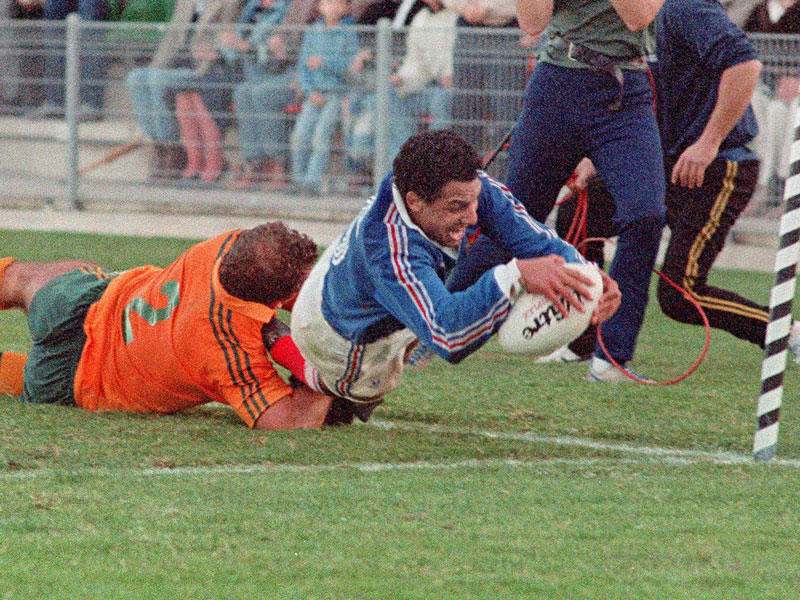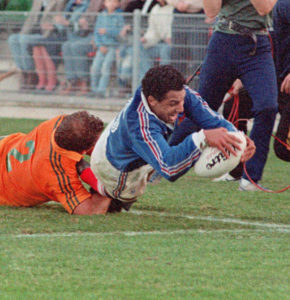The scoring system in rugby has evolved and changed many times over more than 150 years. Different ways of scoring points were valued differently in different years. And the main evolutionary path in this regard was made by an attempt.
Actually, the word “attempt” or, as in the original, “try” explains a lot.
In the early years of the existence of rugby, according to more or less uniform rules, putting the ball behind the opponent’s goal line did not give point acquisitions.
After skidding, the team got the opportunity to shoot through the goal without hindrance and try to score points.
But pretty quickly the situation began to change. In 1875, they began to give one point for an attempt, and by the beginning of the twentieth century there were already three.
Interestingly, until 1947, the attempt was not at all the main way to score points. A drop goal in the first half of the last century was valued at four points.
The further evolution of the game led to the fact that it was the attempt that became the main and most effective way to score the maximum in one attack.
And in the coming year, the rugby world celebrates 30 years, since the moment when the attempt began to cost five points.
The author of the first five-point skid in rugby was the Australian David Campese.
As usual, a historical event happened in a historical confrontation. On July 4, 1992, the Australian national team hosted the All Blacks in the Bledisloe Cup and won 16:15.
Here, of course, the video of that very attempt suggests itself … but somehow it so happened that there was no review of this particular game on the Internet. Well, at least we can definitely identify the hero’s face.
In the late 80s – early 90s, the number of matches where teams managed without drifts began to grow seriously.
Opponents often preferred to score points from free kicks and not bother with difficult trips to someone else’s score. Two matches of the 1991 World Cup were held without attempts at once, which forced the rugby bosses to increase its value to five points.
It worked again. Since then, only six matches have gone without attempts at seven World Cups, including two finals and one semi-final — here, by default, defense prevails over attack.
And indeed, in the 90s rugby was greatly transformed in terms of entertainment. The additional emphasis on attacking actions delighted the audience around the world and made the game popular.
Source: rugger.info


